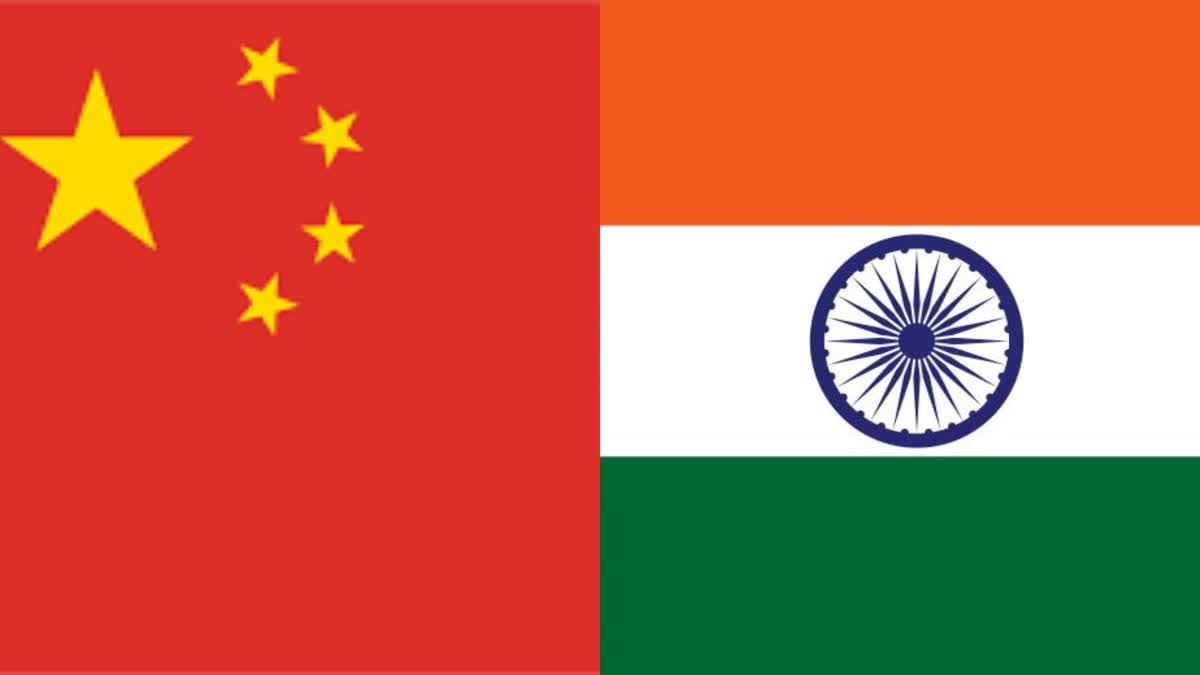New Delhi: India and China on Wednesday agreed on the need to jointly uphold peace and tranquillity on the ground in the border areas by relevant bilateral agreements, protocols and understandings reached between the two Governments.
The 30th meeting of the Working Mechanism for Consultation & Coordination on India-China Border Affairs (WMCC) was held on Wednesday, 31st July in New Delhi.
Gourangalal Das, Joint Secretary (East Asia), from the Ministry of External Affairs, led the Indian delegation. The Chinese delegation was led by Hong Liang, Director General of the Boundary & Oceanic Department of the Chinese Ministry of Foreign Affairs.
Further to discussions between the two Foreign Ministers in their recent meetings at Astana and Vientiane, the two sides reviewed the current situation along the Line of Actual Control (LAC) to find an early resolution of the outstanding issues.
Restoration of peace and tranquillity, and respect for the LAC are an essential basis for the restoration of normalcy in bilateral relations. They agreed on the need to jointly uphold peace and tranquillity on the ground in the border areas by relevant bilateral agreements, protocols and understandings reached between the two Governments.
The discussion at the meeting was in-depth, constructive and forward-looking. Both sides agreed to maintain the momentum through the established diplomatic and military channels. The leader of the Chinese delegation also called on Foreign Secretary.
The Galwan Valley conflict between India and China, which erupted in June 2020, is a significant chapter in the broader India-China border dispute. The Galwan Valley is located in the Ladakh region of northern India, near the Line of Actual Control (LAC), which is the de facto border between India and China in this region.
Tensions in the Galwan Valley began to escalate in early 2020, following a series of confrontations and standoffs between Indian and Chinese troops. Both sides had been engaged in a prolonged buildup of troops and infrastructure along the LAC, exacerbating tensions.
On June 15, 2020, a violent clash occurred between Indian and Chinese troops in the Galwan Valley. This confrontation was one of the deadliest since the 1962 Sino-Indian War.
Following the clash, there was an immediate diplomatic and military response. Both nations engaged in high-level talks to de-escalate the situation. The two countries held discussions through diplomatic channels and military commanders to prevent further conflict.
The Galwan Valley clash significantly impacted India-China relations, leading to heightened military alertness, a reevaluation of bilateral ties, and increased calls for self-reliance in strategic sectors from India. There was also an impact on trade relations, with India imposing restrictions on Chinese apps and investments in various sectors.
Despite attempts to de-escalate, tensions remain high in the region. Both countries have continued to deploy significant military resources along the LAC, and there have been subsequent rounds of talks aimed at disengaging troops and reducing tensions.



